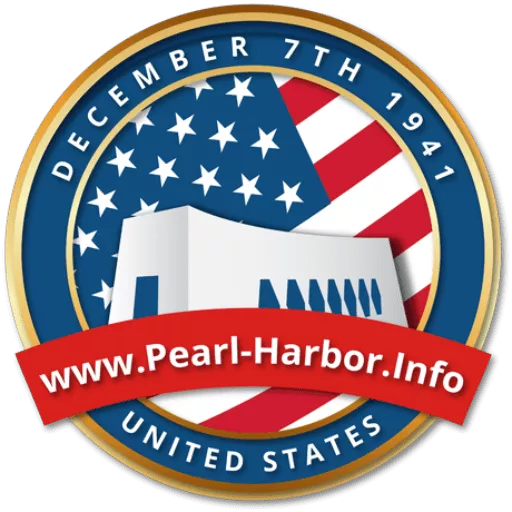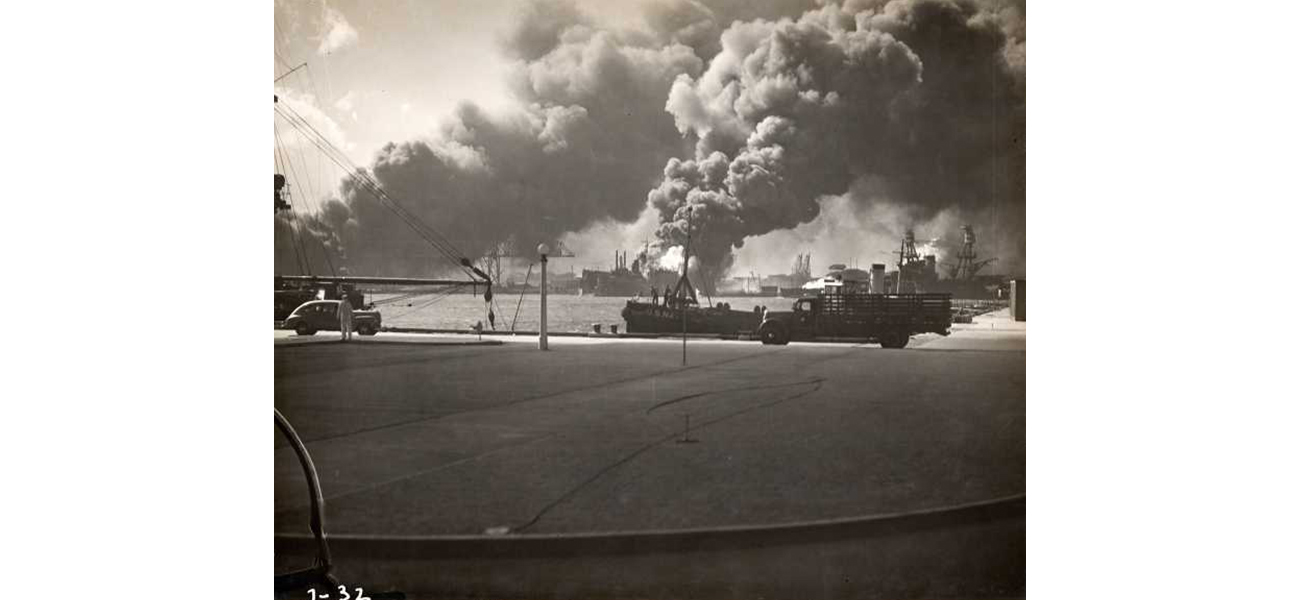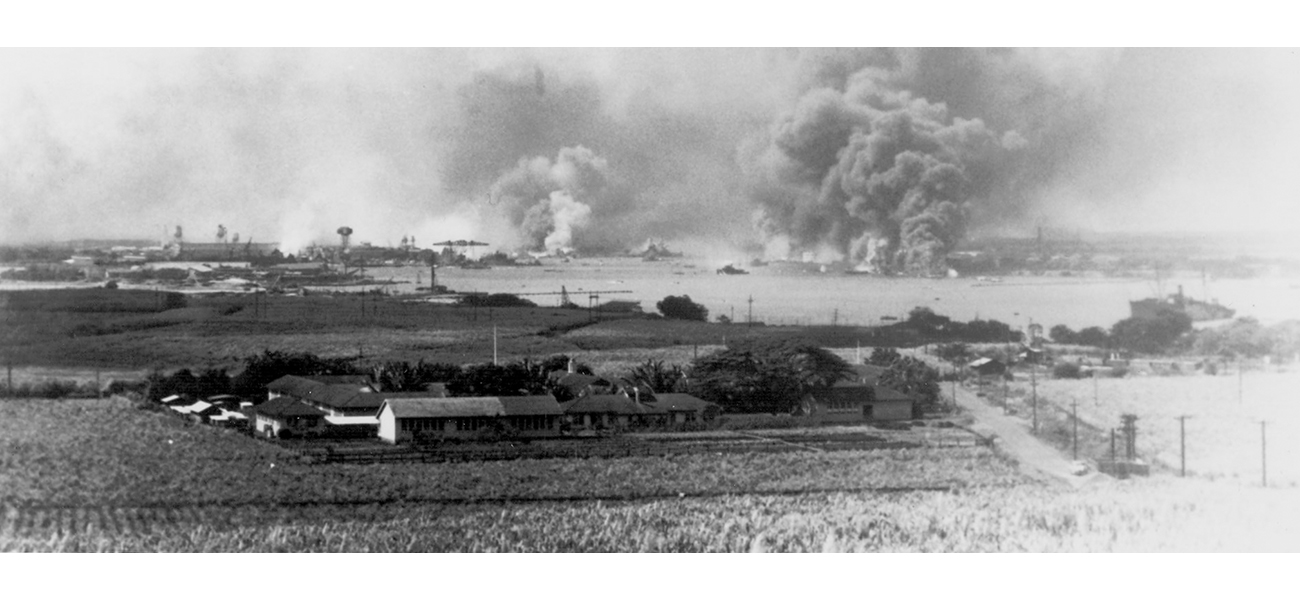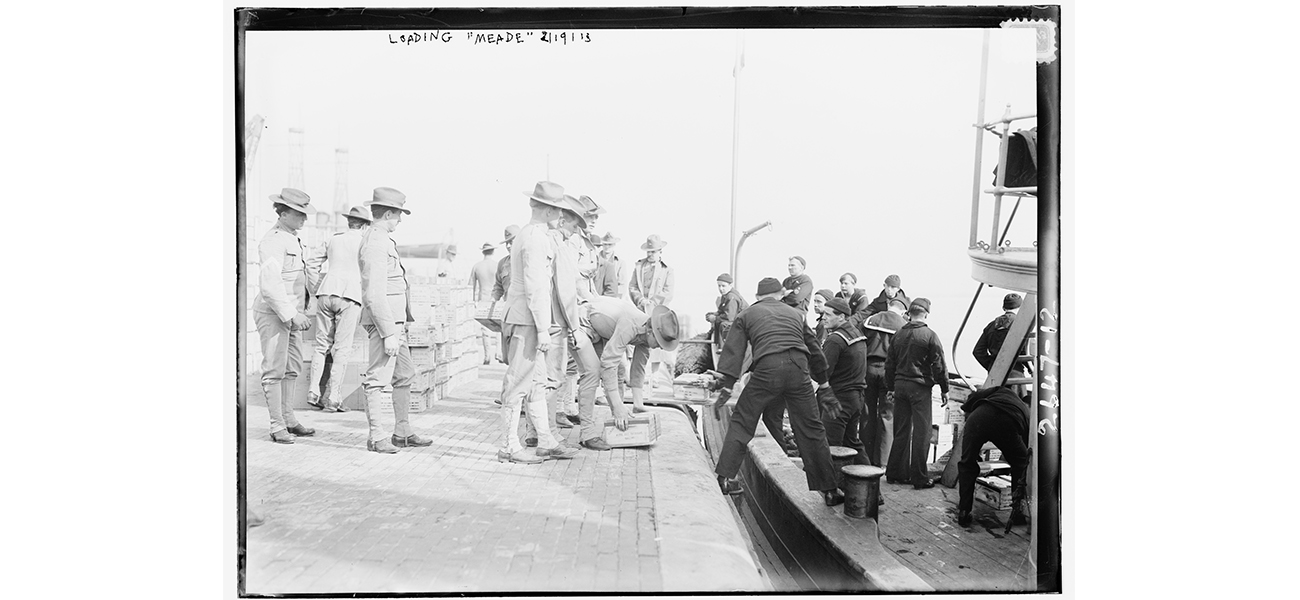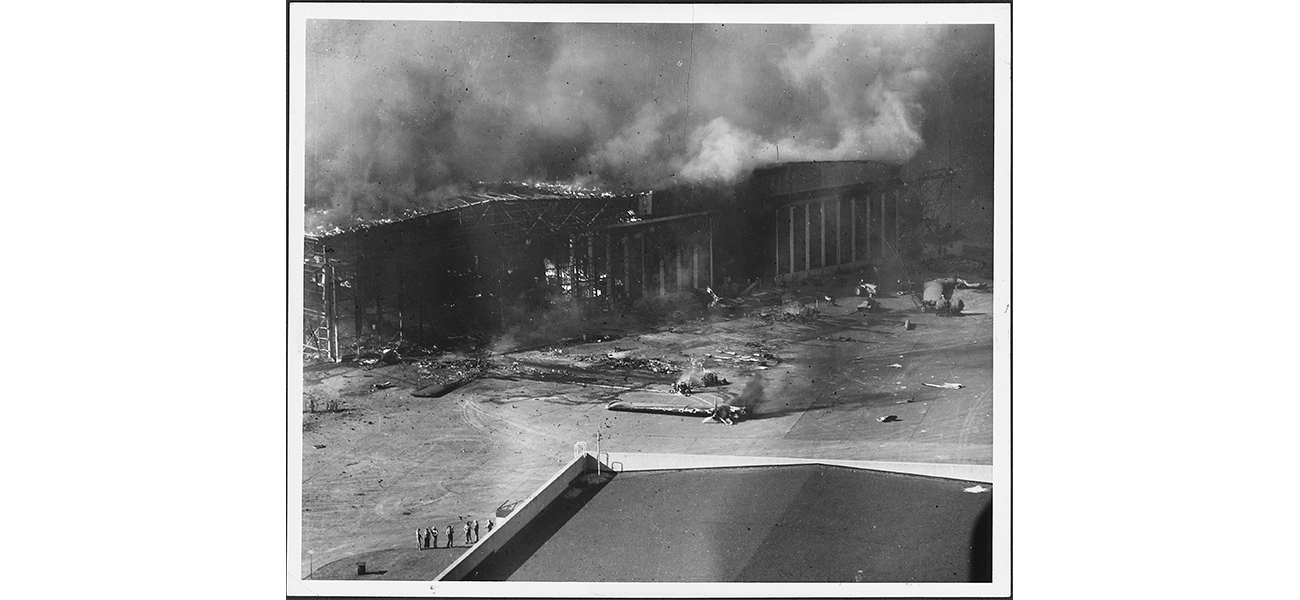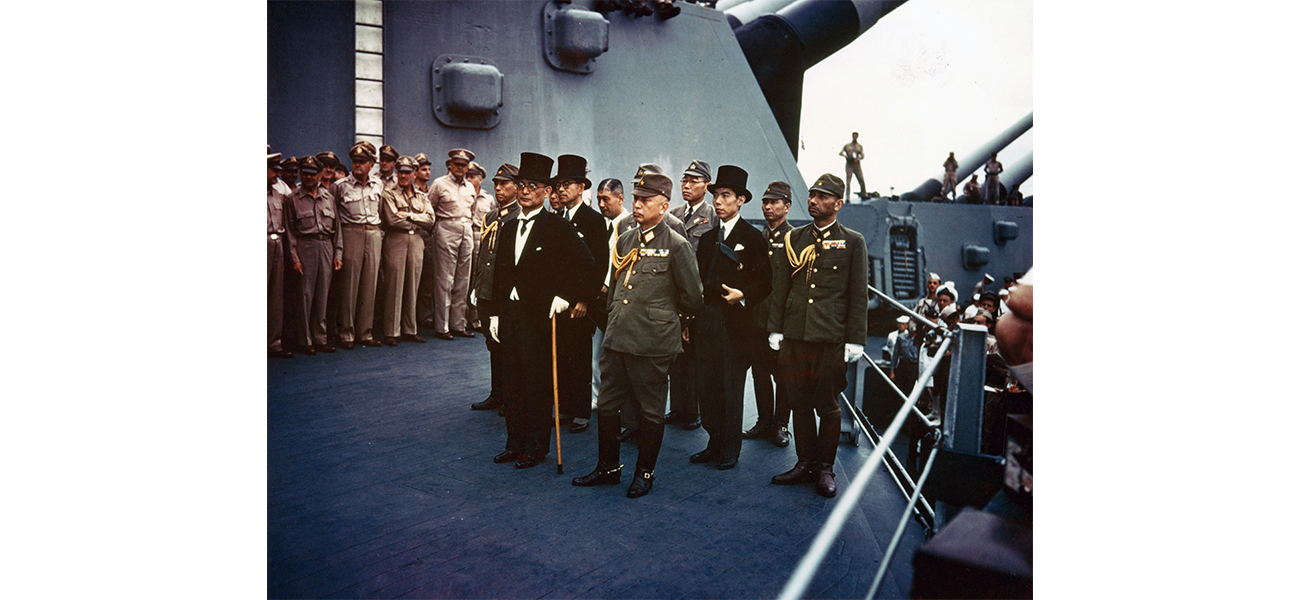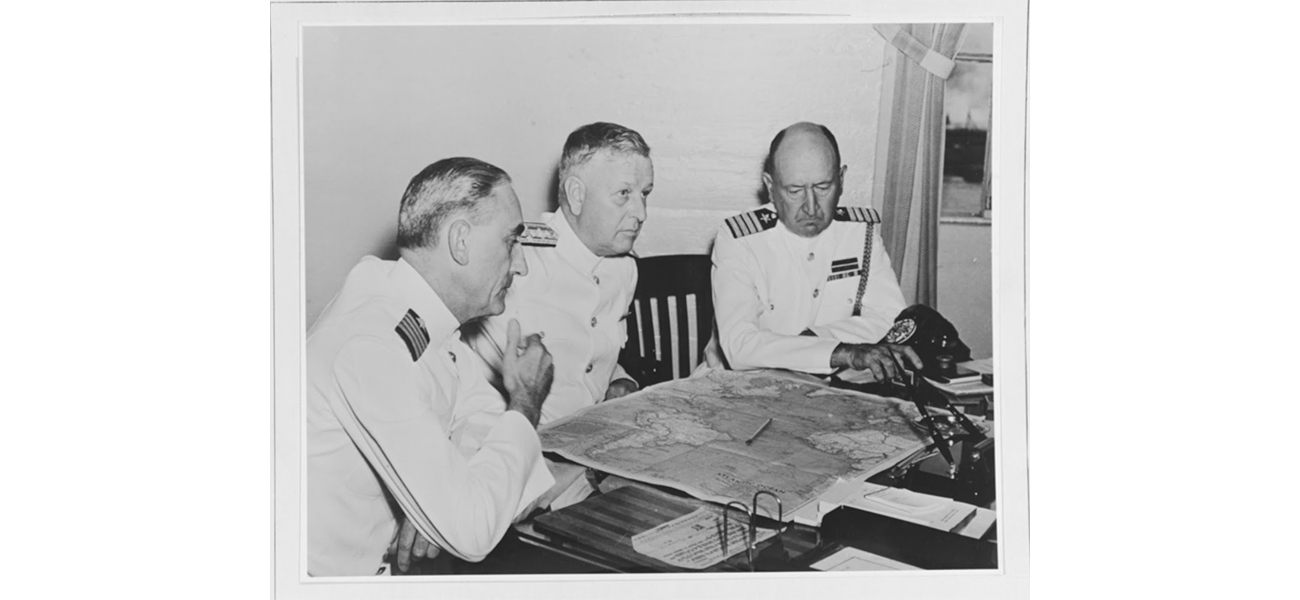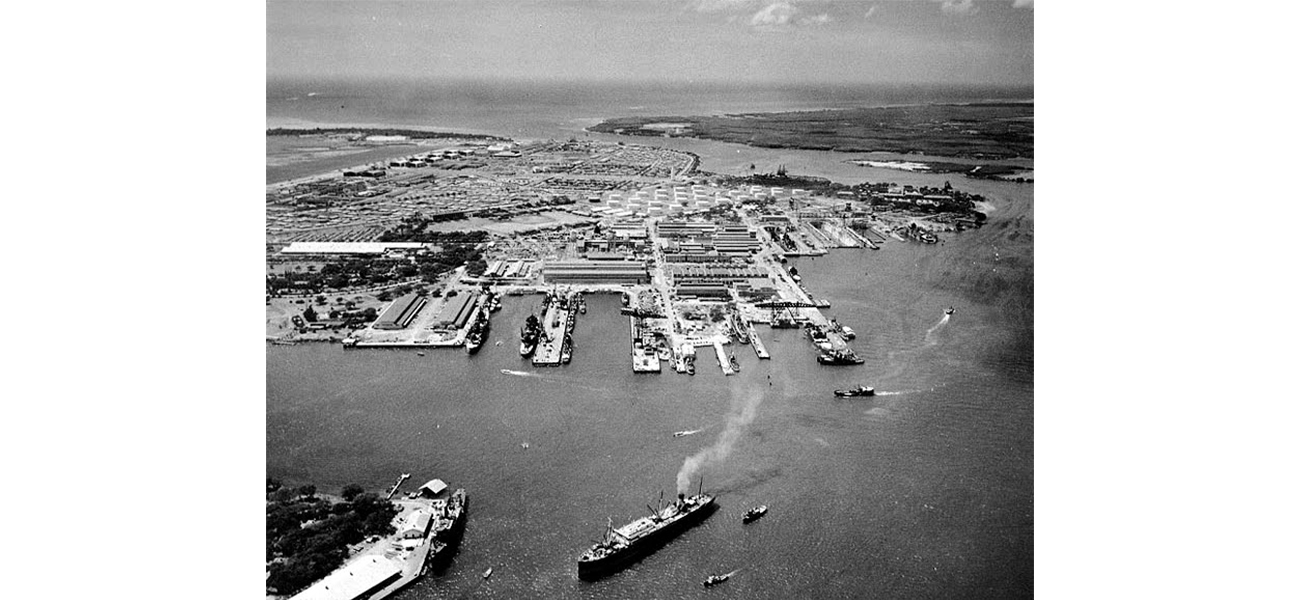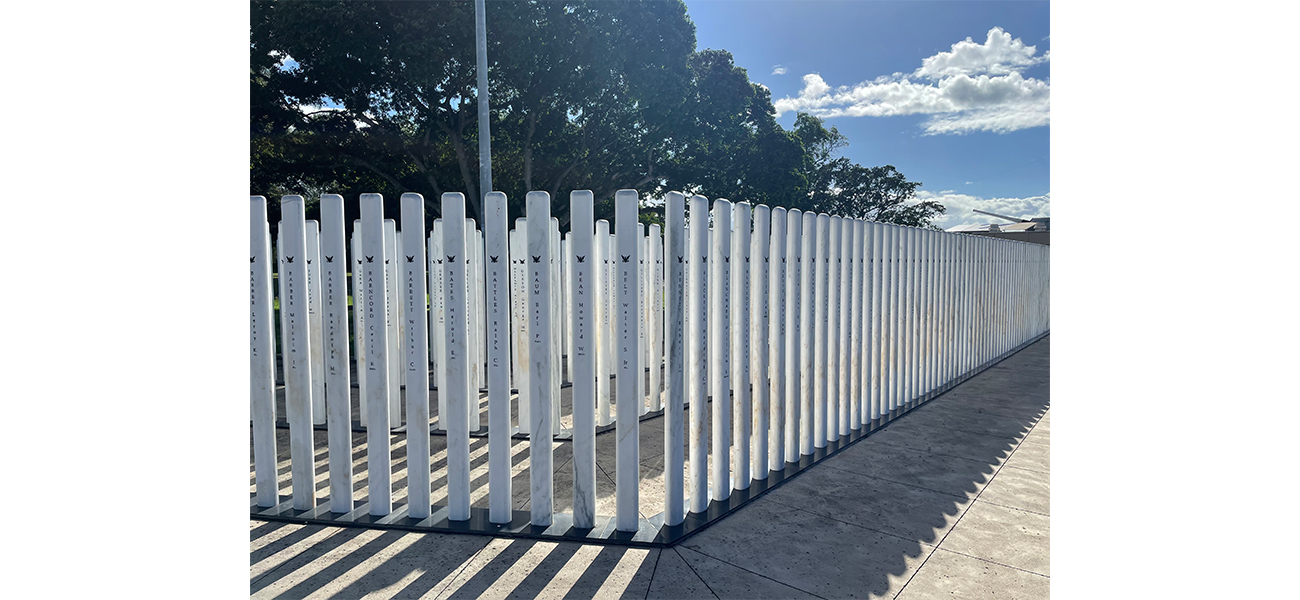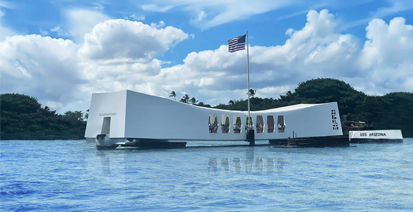Why Was the Attack on Sunday, December 7?
December 7, 1941, is a pivotal date in history due to the Japanese attack on Pearl Harbor. The timing of this attack was not random but a result of strategic planning. Here’s why December 7, specifically a Sunday, was chosen for this significant event.
Japan’s decision to attack Pearl Harbor was driven by its need to neutralize the U.S. Pacific Fleet, thereby preventing American interference in Japan’s expansionist plans in Southeast Asia. The timing of the attack was crucial for maximizing the element of surprise and ensuring the highest possible impact.
Sundays were considered days of rest and relaxation for military personnel. By attacking on a Sunday morning, the Japanese believed that American forces would be less alert and less prepared to respond swiftly. This reduced vigilance was intended to give the Japanese forces a significant tactical advantage.
The choice of December 7 was influenced by several factors:
- Weather Conditions: December typically had favorable weather in the Pacific, ensuring clear skies for the attacking aircraft.
- Operational Readiness: The Japanese fleet had completed extensive training and preparation, making early December an ideal time to strike.
- Geopolitical Timing: The attack needed to happen before the U.S. could fully mobilize its defenses. Striking in early December ensured that Japan could capitalize on its current readiness and the element of surprise before the U.S. anticipated such an attack.
On December 7, at 7:48 AM Hawaiian Time, the first wave of Japanese planes began their assault. The attack was executed in two waves, targeting key military installations and ships at Pearl Harbor. The early morning timing was chosen to maximize the element of surprise, as many personnel would be off-duty or less vigilant.
The attack on Pearl Harbor resulted in significant American casualties and damage, which had immediate and profound effects. Over 2,400 Americans were killed, and numerous ships and aircraft were destroyed or damaged. The shock and devastation of the attack galvanized American public opinion and led to the United States declaring war on Japan the following day.
The attack on Pearl Harbor on Sunday, December 7, was a meticulously planned operation aimed at achieving maximum surprise and impact. The choice of a Sunday morning ensured that American defenses would be at their weakest, providing Japan with the best opportunity to neutralize the U.S. Pacific Fleet and proceed with its expansionist objectives in Southeast Asia. This strategic timing played a crucial role in the success of the initial strike and the subsequent entry of the United States into World War II.
